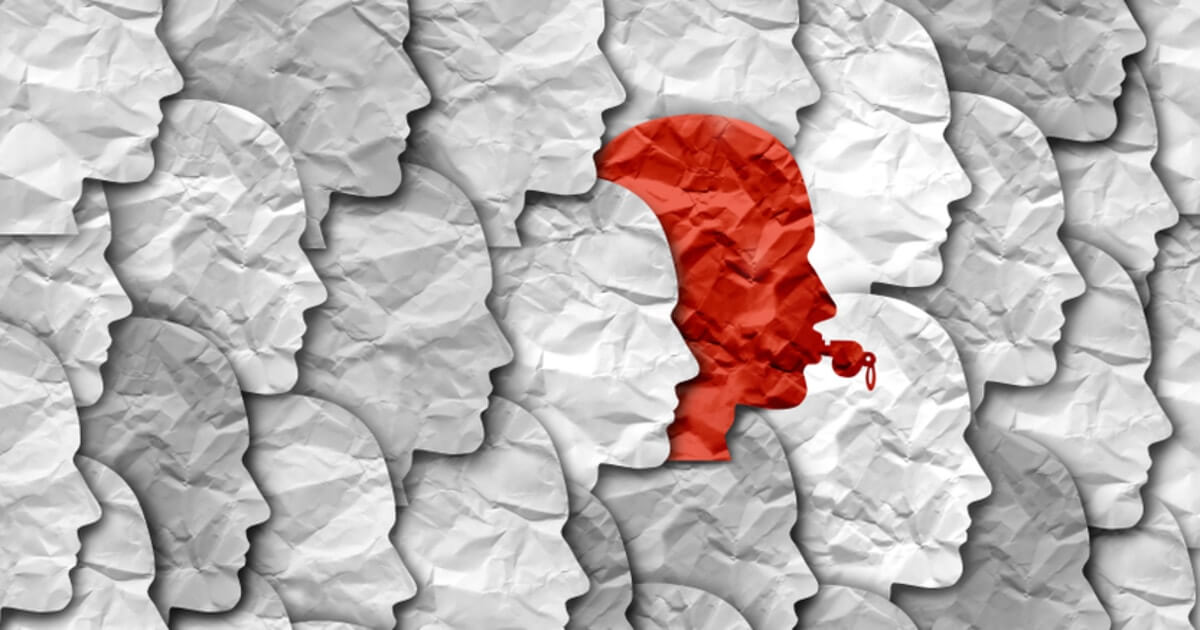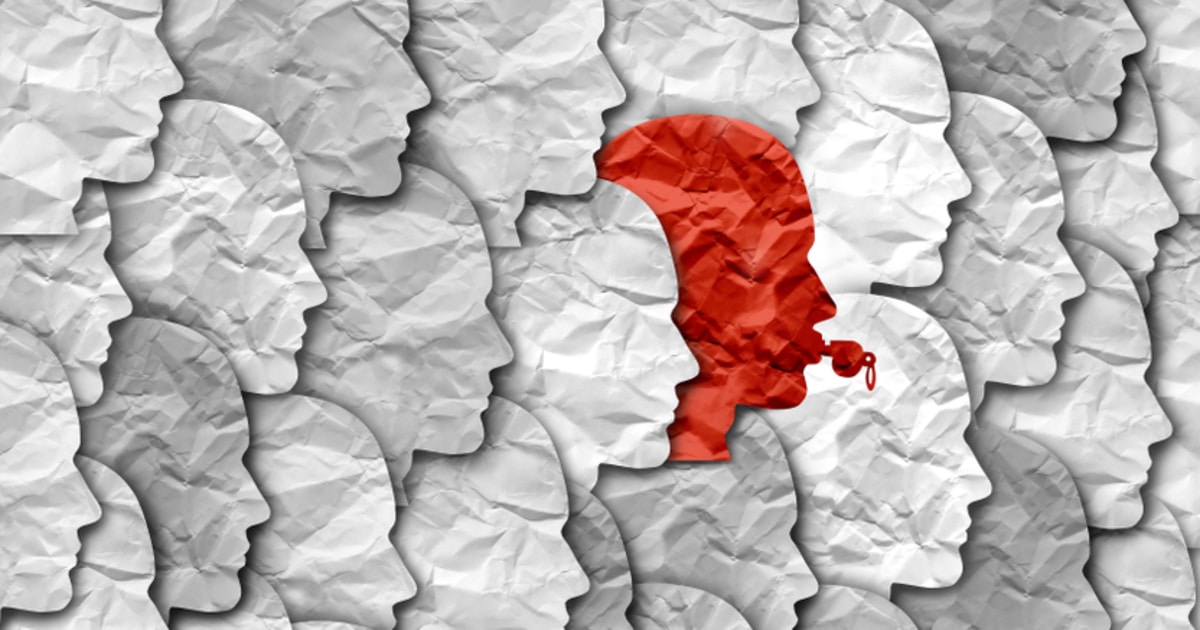Creating Corruption-Free Ecosystems with Blockchain: A Study
Fighting and eliminating corruption at government or society level is not easy, as complicity and cronyism creates a wall of silence and impunity around it. How can blockchain help to tear this wall down?


The Roman Empire was one of the greatest successes of human civilization. For most of its 1,000-years plus existence, Rome conquered and expanded across vast swathes of Europe, Asia, and North Africa, creating cultural, architectural, and societal imprints that last to the present day.
But such empire, mighty as it was, entered into a decline that led to its downfall around 480 AD.
The reasons for the fall of the Roman Empire are many and complex. Historians have debated the issue for centuries, and have put forward ideas such as invasion for well-organized and determined tribes, military overreach, cultural decay, and very significantly, corruption.
One can argue that the Roman Empire's decline began within itself, and more specifically, from the ruling classes. The rise of an autocratic system -which was, by and large, supported by the populace-, meant the advent of rigged elections, secret agendas, and political murders, among many other misdeeds.
Corruption is, of course, not exclusive to the Roman Empire. Corruption is a man-made issue that has blighted many cultures, countries, and societies throughout history. And to a large extent, systemic and state-sponsored or abetted corruption and dishonesty are one of the most significant problems in today's world.
The different forms of corruption
Roman law had a specific word to define political corruption: Ambitus. The term specifically referred to attempts to influence the outcome of an election through criminal practices, such as bribery, for example. Ambitus might be an archaic term, but its meaning certainly resonates in today's political and social media landscape.
But corruption can take many other forms: Extortion, cronyism, cash-for-favors, slush funds, and so on. When it takes hold and becomes institutionalized, corruption develops into an endemic and systemic problem. Those living outside the inner circle can even come to accept it as part and parcel of daily life and live in resignation.
Deeply embedded corruption has a great detrimental effect on society. It may inhibit economic growth, for example, as funds earmarked for social projects might be redirected to malefactors. And corruption has a profound impact on foreign investment and business developments, as trust and prospects of prosperity are simply not there.
Corruption is an exclusively human trait. Animals kill each other for sustenance and to preserve their own species, but never for percentages. So when the very condition of humanity lies at the root of the problem, how can the riddle be solved?
Blockchain solutions for a very human problem
Malfeasance spreads across many shades of grey, and rooting out the bad actors can be difficult, depending on how widespread complicity is.
One of the main allies of corruption at State and official agency level is the perception of impunity and anonymity by those engaged in the practice. In other words, those acting dishonesty can hide their deeds behind a wall of silence or veiled threats, which may, in some cases be abetted, or even encouraged by their superiors. Existing anti-corruption laws and legislations might not be particularly effective either, for the same reason.
One of blockchain technology's inherent traits is transparency. Every node in the network can see every transaction, which instantly removes the possibility of interference. John P. Conley, a gifted economist, game theorist, and blockchain pioneer, proves this point, 'Let’s take Bitcoin’s Proof-of-Work concept. Let’s say that we have 30,000 nodes that are validating transactions. How are they ever going to coordinate together and do something dishonest? The distribution of the nodes that are validating gives inherent stability. At least half would have to be dishonest for the system to break, but the notion that 15,000 nodes would coordinate to do something dishonest is ridiculous.'
Blockchain ensures that bad actors can no longer rely on anonymity to conceal their actions. Data stored on the blockchain is also immutable. In other words, it cannot be changed, nor can it be tampered with. Let's take cadastral data, for example. That is, data about boundaries, property lines, and ownership.
Cadastral corruption is not unheard of, particularly in emerging economies. Corrupt officials might alter land ownership or boundary records for their own benefit, or those of their cronies or associates. A blockchain framework would eliminate this type of crime by keeping a fully transparent and unchangeable block of land records.
Creating a decentralized anti-corruption framework built on the blockchain
Some define corruption as the abuse of entrusted power for private gain, and this is true. But fighting against it requires a more holistic approach.
Corruption often involves a cadre of individuals working in complicity, whereby one or two people might control a database, a set of bank accounts, or access to sensitive or confidential information, while the rest cover the tracks. The very centralization of today's IT, banking, or land registry frameworks becomes its weakness.
Blockchain creates a decentralized environment that would remove the single point of failure conundrum, as data would no longer reside in just one or two easy-to-manipulate locations.
Conclusion
Society as a whole still has a long way to go to eliminate corruption from its fabric. It is, as we saw earlier, a purely human trait, much like greed or envy. And a man-made problem requires a man-made solution, such as blockchain.
The technology can help lift the veil of corruption through transparency, immutability, and decentralization, which are precisely the traits that make blockchain be.
Image source: Shutterstock


.jpg)

